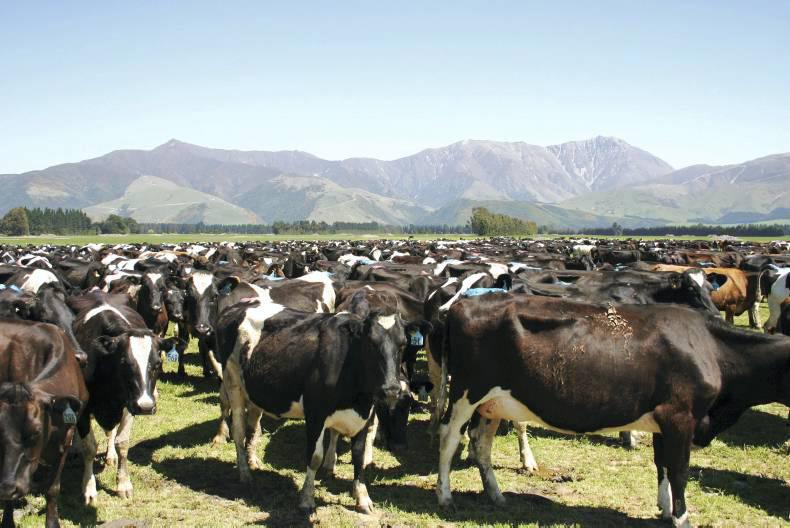Last week was the ninth time that prices at the Global Dairy Trade (GDT) auction in New Zealand fell. This time, prices fell by 10.7%.
The GDT is often seen as a barometer by which the entire global dairy trade and the demand for dairy products is measured. It is held every two weeks and is run by New Zealand dairy giant Fonterra. But how much does it affect Ireland and the dairy industry here?
The GDT is a platform for buying and selling dairy product. Most global dairy companies are registered to buy or sell at the auction. Most Irish dairy farmers think Fonterra sell all their product at the auction, but Fonterra chief executive Theo Spierings recently confirmed Fonterra sells about 25% of its product on the platform, so it goes to show it’s not just a New Zealand-only platform.
Irish and European companies take part in the auction at each trading event every two weeks, but they will only sell a minority of their product at the auction.
So why is so much made of the auction results? The reality is that it’s the most significant guide to the global value of dairy product that is traded worldwide.
How does it work?
Auctions begin with a pre-announced starting price for a range of products and a range of specifications. GDT trading events are conducted as ascending-price clock auctions run over several bidding rounds.
In each auction, a quantity of product is offered for sale at a pre-announced starting price. A company then bids for a quantity. Bidders make an offer for the quantity of each product that they wish to purchase at the announced price. There is an automated bidding option for those who are unable to participate while the trading event is under way. Buyers then re-bid if the price increases.
If the total demand exceeds the quantity on offer, then the price of that product increases between rounds and bidders must re-bid their desired quantity. Only buyers who place a bid at the final winning price win product. Generally, as the price of a product increases, the quantity of bids received for that product decreases.
The auction runs through several rounds with the prices increasing or decreasing round by round until the quantity of bids received for each product matches the quantity on offer for the product. Bidders cannot join a trading event part of the way through – they must participate in round one and can only maintain or decrease their total bid quantities from that point.
Products can be purchased over different delivery time periods, known as contract periods. Each trading event typically lasts approximately two to three hours.
Results
The auction is a very good indicator for powders. Results show of all product traded, 57% was whole milk powder and 23% skim milk powder, 80% between the two products. In any one year, about 680,000 metric tonnes of product are sold or a total of $3bn, and this is shared between about 400 bidders.
Price index
As outlined in Figure 1, the price index has fallen substanitally in recent times and now is lower than the global dairy troubles of 2009.






 This is a subscriber-only article
This is a subscriber-only article










SHARING OPTIONS: